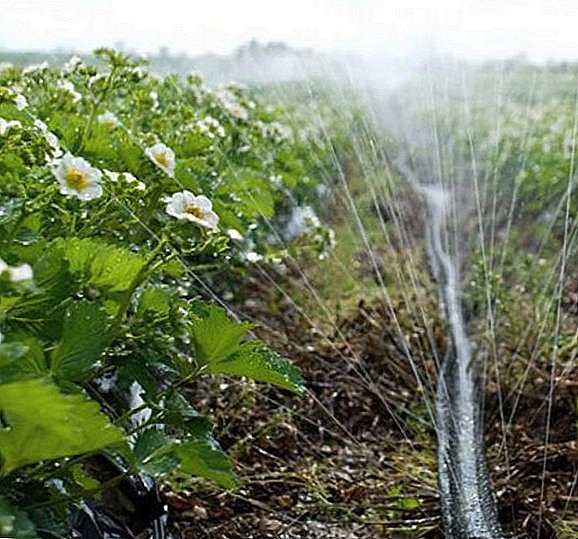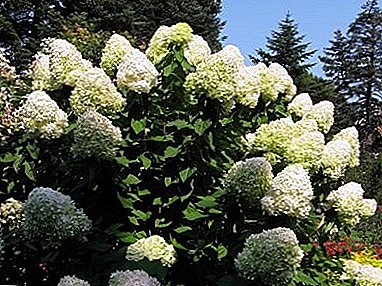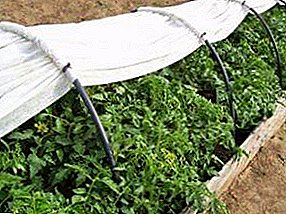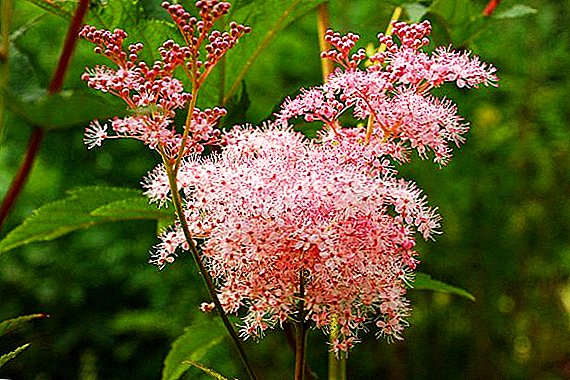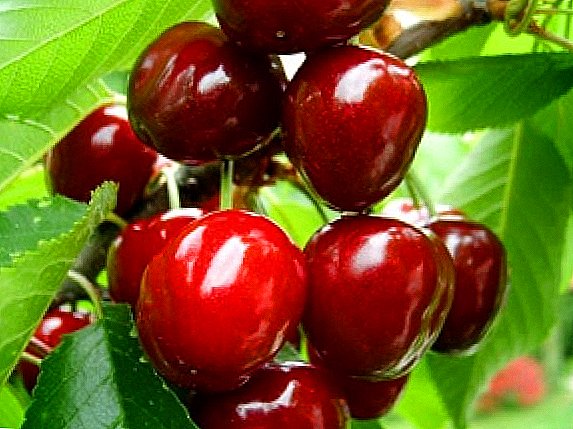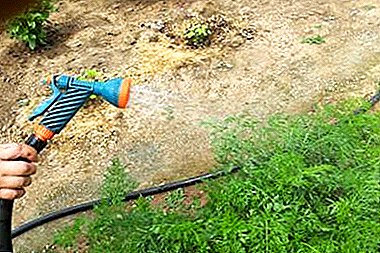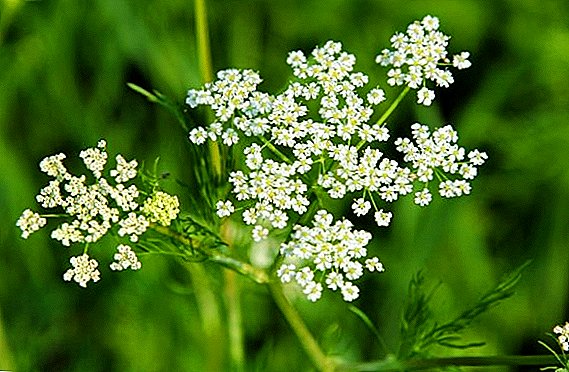
Sugar beet is a technical crop. It is the main raw material for sugar production. Its yield depends on climatic indicators and growing conditions.
In world agriculture, sugar beet occupies a significant area. Its crops in 2003 amounted to 5.86 million hectares. The largest areas occupied by sugar beet are in Ukraine, Russia, China, Poland, France, Great Britain, Germany, Italy; it is cultivated in Belgium, Belarus, Japan, Hungary, Turkey, Georgia.
In European countries, beet sugar produces up to 80% of the total harvest in the world. Sugar beets require an abundance of sun, heat and moderate humidity. Which countries are the leaders in the production of beets? Is culture grown in Russia? Facts and accurate data.
Where is growing, what is the climate and the soil "loves"?
Culture grows well in temperate sunshine. Root crop does not tolerate heavy rain and drought. The abundance of precipitation adversely affects the development of the tuber, violates the synthesis of sugar.
Soils for growing crops are divided into 3 groups.
- Fit. This black soil, sod-podzolic, sod or sandy. Also suitable sands and peatlands.
- Unsuitable. Clay and heavy loamy soils, automorphic.
- Totally unsuitable. Loose, gley and gley (drained and undrained), waterlogged.
A suitable indicator of acidity varies from 6.0 to 6.5. It is also allowed to grow in the range of 5.5-7.0.
Producing and exporting countries
 Below is a ranking of 5 countries-leaders in the production of sugar beet.
Below is a ranking of 5 countries-leaders in the production of sugar beet.
- 5th place Turkey. This is a hot country with a suitable climate. 16.8 million tons are received here a year. This country ranked Ukraine in the ranking (production amounts to 16 million tons).
- 4 position USA. The annual yield is 29 million tons. In the country, in addition to endless corn plantations and wheat fields, sugar beets are also actively grown. Both public corporations and amateur farmers are engaged in this.
- Opens the top three Germany (30 million tons). The country has long had the status of a producer and exporter of sugar beet. Sugar and refined sugar are also exported.
- 2nd place - France. Annual production - 38 million tons. Until recently, was considered the leader in the collection of beets. Endless fields with fertile soil and a warm climate make it possible to regularly harvest rich harvests. The main production facilities are concentrated in the province of Champagne. It is located in the very south, in addition to beets, heat-loving grapes are grown here for the production of famous wines.
- Top rated - Russia. According to data for 2017, over 50 million tons of sugar beet were produced in the country. The bulk of the product is exported, sugar is produced from one third of the harvest.
Read more about the technology of production of sugar from sugar beets, including at home, in this article.
In which region of Russia is grown most?
Until recently, cereal crops had the advantage of growing.
Since 2016, the cultivation of sugar beet has reached a new level, which made it possible to take a leading position in the world rankings. Previously, the culture was grown in smaller quantities, and most of the harvest went to feed the cattle.
In Russia, crops are grown in 3 main regions, where it grows in favorable conditions for it:
- South, Central Black Earth Area. This is the Krasnodar region, the Volga region, the Black Soil Region. Here receive 51% of the total crop in the country.
- North Caucasus (Stavropol, Vladikavkaz, Makhachkala). 30% crop production.
- Volga. Plots for growing sugar beet are located mainly in areas of the cities of Samara, Saratov (we told in detail about the modern technology of cultivation of sugar beet here). 19% of the total. In the region, there are 44 enterprises that process up to 40 thousand tons of root vegetables per day.
So, sugar beet is a technical crop from which sugar is produced (you can learn how sugar beet is used and what is obtained during its processing here). Beet tubers contain 17-20% sugar. World leaders in the cultivation of root vegetables - Russia, France and Germany. In Russia, sugar beet grows predominantly in the southern region.


